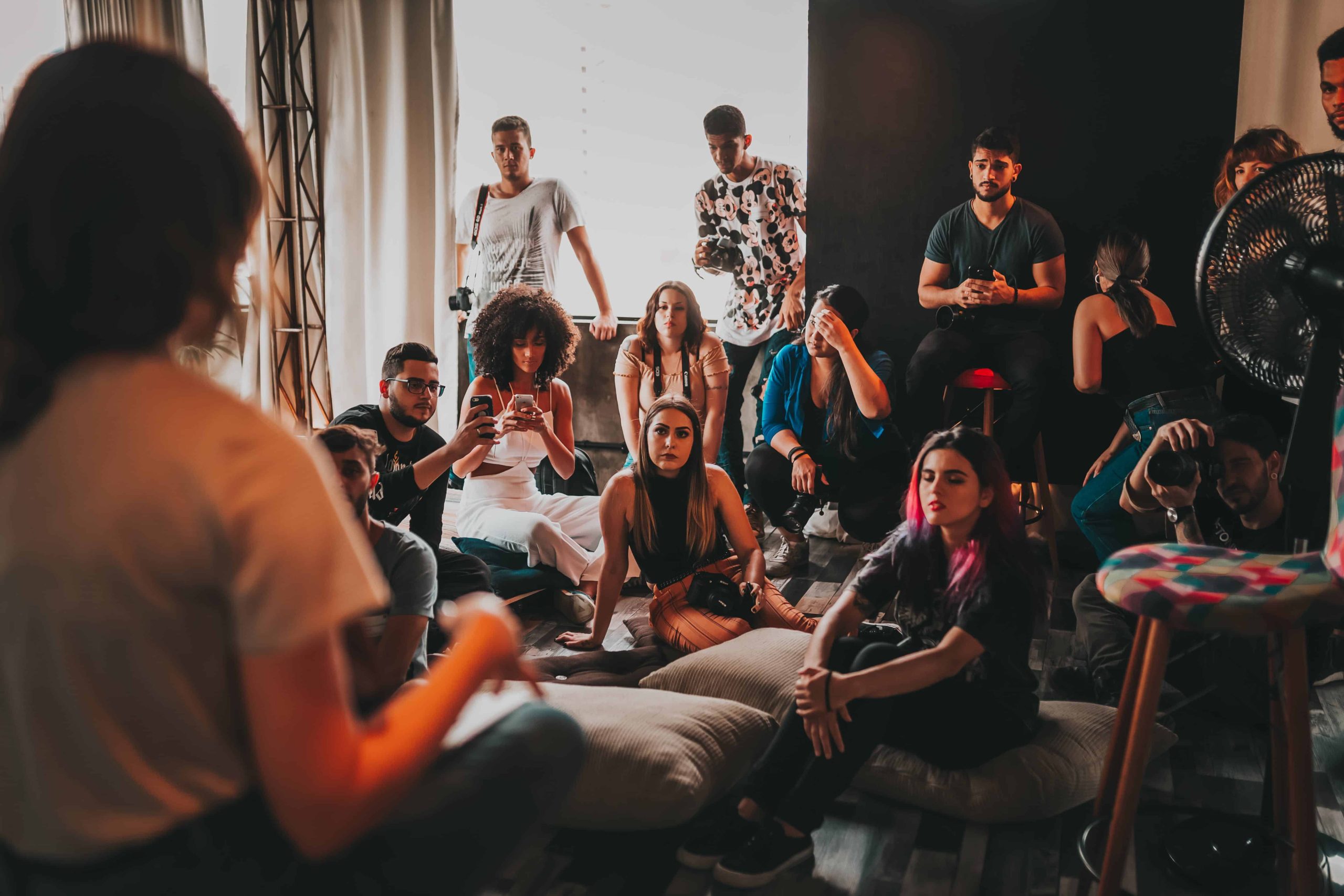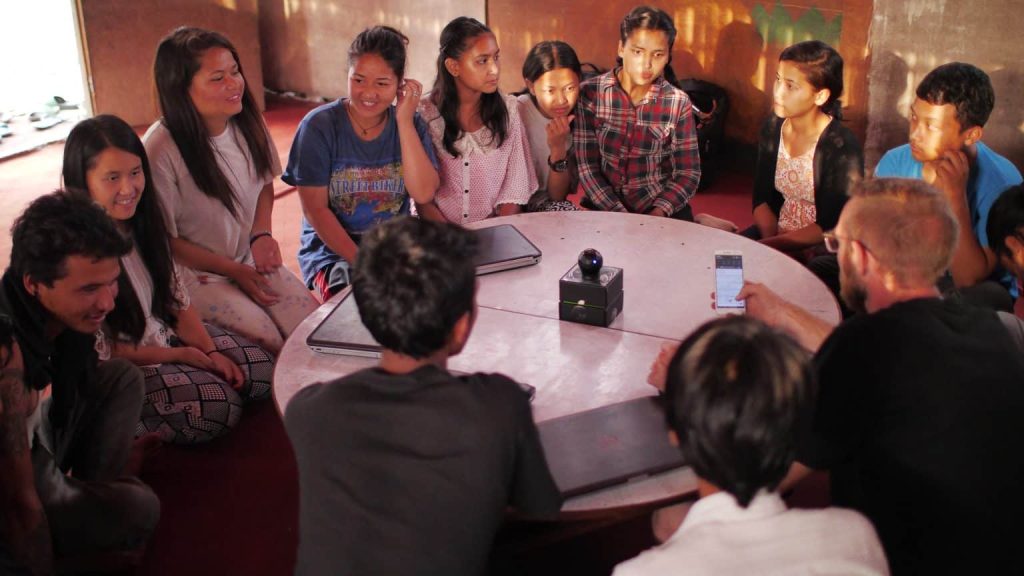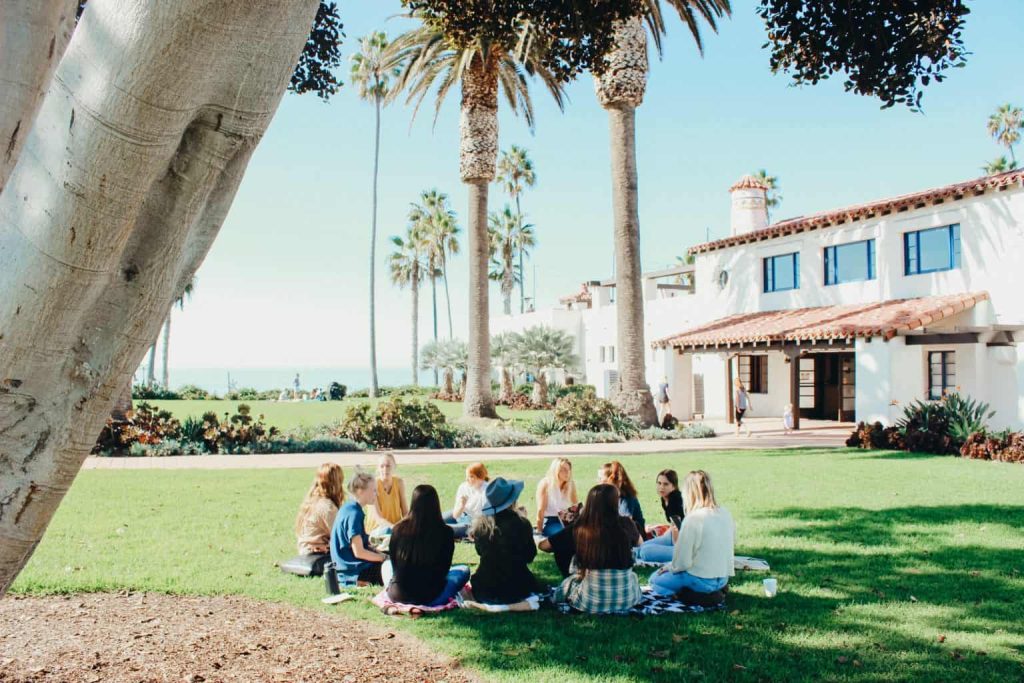
27 Jan Engaging Local Communities in Art Projects
“Local communities” in art refer to various groups living in a particular region and adding to the complex fabric of customs and cultures. “Art projects” encompass artistic pursuits, such as digital exhibits and public installations, to stimulate feelings and promote a sense of communal identity. Participation from the community is essential to these initiatives because it strengthens the cultural fabric and offers a forum for common expression. These artistic initiatives go beyond aesthetics, serving as catalysts for emotion, dialogue, and the cultivation of a distinct community identity. They create a shared space where individuals can connect, fostering social cohesion and a sense of belonging. In this article, we explore the transformative impact of community engagement in art initiatives, examining both the benefits and strategies to overcome potential barriers to participation.

Photo by Kelly
Overcoming Barriers to Engagement
Barriers in involving the community in art initiatives might prevent active participation. These sometimes stem from things like cultural differences, concerns about inclusiveness, or a general ignorance of the fundamental intent of the artistic endeavor. To overcome these challenges, a proactive strategy is essential, which calls for the recognition and removal of these hurdles. Promoting diversity, guaranteeing accessibility, and weaving cultural sensitivity into the creative pursuits should be the main priorities. By giving these factors top priority, a supportive atmosphere may be created where varied cultures are not only accepted but also feel at ease enough to fully participate in the creative process. In the end, removing these obstacles enriches and diversifies creative participation within communities, resulting in a more lively and interwoven cultural fabric.
Strategies for Successful Engagement

Photo by tribesh kayastha
Collaboration and Co-creation
Art projects truly thrive when they become a collaborative effort involving the active contribution of communities. Through organized brainstorming sessions and idea-generation workshops, community members are empowered to share their unique perspectives, fostering a sense of shared ownership in the creative process. A compelling illustration of this approach is evident in the mural projects undertaken in Philadelphia, where the community’s involvement has resulted in impactful and culturally resonant outcomes, reflecting the diverse tapestry of its inhabitants.
Building Trust and Relationships
In art projects, building trust is important, and building trust starts with a thorough knowledge of the history and culture of the area. Bridges between communities and artists are mostly dependent on effective communication techniques like community interviews and cultural exchange programs. Mutually respectful long-term collaborations lay the groundwork for meaningful cooperation and a shared dedication to the artistic project, which in turn promotes continuous participation.
Accessibility and Inclusivity
The success of art projects is enhanced when they cater to a diverse audience, transcending age groups, abilities, and backgrounds. Achieving this requires overcoming language barriers and cultural differences through the incorporation of multilingual signage, translations, and culturally sensitive workshops. Notable examples include interactive art installations designed to engage all senses, ensuring a universally inclusive experience that resonates with individuals from various walks of life.
Skills Development and Capacity Building
Empowering communities goes beyond mere participation; it involves skill development and capacity building. Art projects should serve as platforms for skill-sharing, creating environments where communities can learn new artistic techniques. Programs that enable communities to take ownership of projects and continue initiatives independently exemplify the sustainable impact of skills development within art projects. By fostering a culture of continuous learning, these initiatives contribute to the long-term growth and self-sufficiency of communities, ensuring the lasting legacy of artistic endeavors.

Photo by Kylie Lugo
Sustaining Engagement
Sustaining engagement in community projects requires ongoing efforts to maintain active participation and lasting connections. To achieve this, fostering a sense of ownership among community members is crucial, encouraging their involvement in decision-making and project leadership. Regular communication through newsletters, forums, and social media keeps the community informed, while celebrating achievements through events reinforces the value of their contributions. Additionally, the project should be adaptable to evolving community needs, with feedback mechanisms in place for continuous improvement. Capacity-building initiatives and long-term partnerships with local entities contribute to the project’s resilience and relevance over time.
Furthermore, promoting interconnectedness within the community enhances collaboration and resource-sharing. Establishing platforms for community members to share experiences and ideas strengthens social bonds, contributing to sustained engagement. Overall, by prioritizing ownership, effective communication, adaptability, and community collaboration, projects can create enduring impacts that extend beyond their initial duration.

Photo by Brooke Cagle
Conclusion
Successful art projects thrive on the heartbeat of community engagement, necessitating active collaboration between artists, organizers, and local communities. This dynamic partnership ensures that the creative process authentically reflects the diversity and richness of local cultures. By adopting the strategies outlined in this article, stakeholders can overcome barriers to engagement, fostering projects that not only celebrate shared successes but also leave a lasting legacy, resonating with and empowering communities for generations to come.
Recognizing community engagement as the lifeblood of artistic success, the strategies presented here emphasize the importance of ownership, open communication, and celebration in the collaborative process. Art projects become more than aesthetic endeavors; they transform into powerful symbols of cultural empowerment and expression. This holistic approach not only enriches the present cultural landscape but also establishes a meaningful legacy, connecting art and community in a way that fosters enduring pride, identity, and empowerment.
Key Takeaways
Engagement Strategies | Sustaining Involvement | Community Empowerment |
Collaborative Co-creation | Tips for Maintaining Involvement | Skills Development Programs |
Building Trust and Relationships | Strategies for Celebration | Ownership and Continued Initiatives |
Accessibility and Inclusivity | Ongoing Feedback Mechanisms | Diverse Audience Engagement |
FAQs
How can artists ensure cultural sensitivity in community-engaged art projects?
Artists can safeguard cultural sensitivity by immersing themselves in the local context and history. This involves extensive research and a genuine effort to understand the nuances and intricacies of the community they are collaborating with. Regular and open communication is paramount, as it allows artists to listen to community members’ perspectives, concerns, and aspirations. Conducting workshops and cultural exchange events becomes a bridge for mutual understanding, fostering trust and respect. Artists should approach the collaboration with humility, recognizing that the community holds valuable insights into their own culture. Through this collaborative approach, artists can co-create projects that authentically represent the diversity and richness of the local culture.
How can art projects overcome language barriers?
Addressing language barriers is crucial for inclusive community engagement in art projects. Artists can implement practical solutions such as multilingual signage and translations to ensure that information is accessible to a broader audience. Moreover, organizing inclusive workshops that focus on visual and sensory elements transcends linguistic limitations, allowing participants to engage with the project on a universal level. By incorporating diverse modes of communication, art projects become more inclusive, reaching individuals who may have varying levels of proficiency in the dominant language. This approach not only breaks down language barriers but also fosters a sense of belonging, where everyone, regardless of language background, can actively participate in and appreciate the artistic experience.
Why is sustaining community engagement important for the success of art projects?
Sustaining community engagement is pivotal for the enduring success of art projects. Beyond the initial stages, ongoing involvement ensures that the project remains relevant and responsive to the evolving needs and aspirations of the community. Celebrating successes, whether through exhibitions or acknowledgment ceremonies, reinforces the value of community contributions and nurtures a sense of pride. Establishing feedback mechanisms, such as surveys and regular community meetings, creates a dynamic dialogue between artists and the community. This continuous cycle of engagement not only strengthens the connection between artists and the community but also contributes to the creation of a legacy—art projects that stand the test of time, leaving a lasting impact on both the artistic and communal landscapes.
Explore “Best Technologies for Virtual Art Tours” and learn about the cutting-edge field of virtual art tours. From interactive online platforms to immersive virtual reality experiences, discover the creative tools and methods that are transforming how people interact with and experience art in the digital age.

